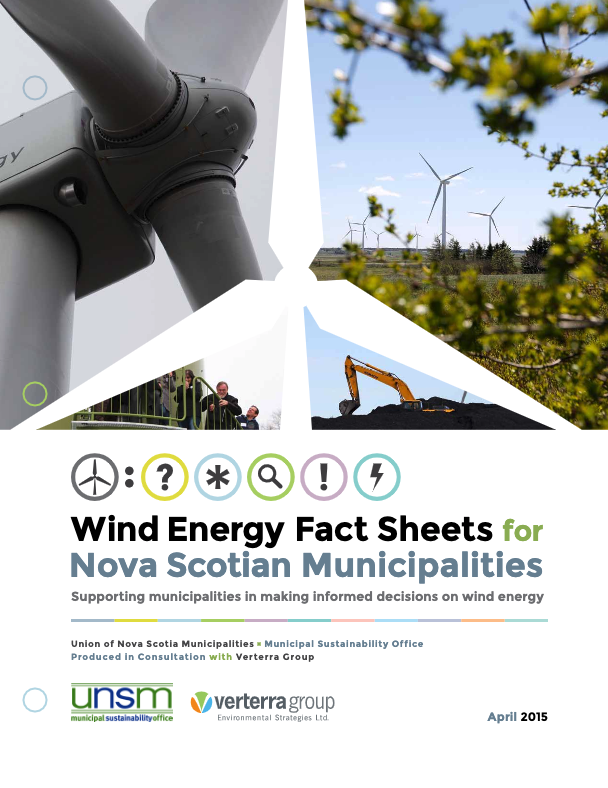How will migratory birds and Saint John's ecology be protected?
There is a 1-year bird study happening right now which must be approved by government regulators before the project will go ahead.
An independent engineering firm will submit a report on the findings and the details will be shared with the public at the town hall sessions once a successful developer has been selected.
The New Brunswick Department of Environment and Local Government issued a Sector Guideline of additional requirements for wind turbines in March of 2019 that states:
“It is widely recognized that siting of wind turbines plays an important role in determining potential effects on various bird and bat species and that proper consideration of siting and facility design can greatly reduce these effects.””
The guideline continues with clear direction for the successful developer to follow and states that “a description of a proposed follow-up monitoring program designed to verify bird and/or bat turbine interactions and the effectiveness of mitigation measures will be required for all projects”.
Nova Scotia has been studying the impacts on wind energy on communities and has released Wind Energy Fact Sheets for Nova Scotian Municipalities to support municipalities in making informed decisions on wind energy. This is a valuable study and resource for our entire region that identifies ecological issues raised by wind energy, outlines how wind energy’s ecological impacts can be minimized, and addresses the creation of Environmental Protection Plans to ensure compliance with the Species at Risk Act and the Migratory Birds Convention Act.
For Saint John Energy’s Burchill Wind Project, recommendations or requirements for mitigation would come from the appropriate government regulatory body and the successful developer would implement these under the oversight of the government regulatory body.
Information is also available from the Canadian Wind Energy Association on Respecting Wildlife.
Saint John Energy respects wildlife and we care about the future ecology of our region. This is one of the important reasons why we are acting on moving away from polluting technologies so we can help mitigate climate change which is, ultimately, a significantly greater threat to birds and our ecology than any other.


